Food and products of the future
 Bashny.Net
Bashny.Net
Man has always sought to expand his knowledge and study of food is no exception. Our modern technologies allow you to push the boundaries of development of food and products more than ever before, and in this tape You will see a part of what we can expect in the future.
The food in the sticker
Many have become accustomed to taking various medications with transdermal patches and stickers, but scientists from the Ministry of defence with its Military Nutrition Program elevate this process to the next level. With its Transdermal Nutrient delivery System (TDNDS), they will allow soldiers in war zone to obtain significant amounts of nutrients. The patch has a processor that calculates nutritional needs of the soldier and releases the corresponding nutrients. At the time, as it is still not a replacement for food, officials hope that the patch will help soldiers to maintain power during battle. It is believed that the technology will be available by 2025. Dr. C. Patrick Dunne believes that innovation will also be useful for civilians who work in areas with high pressure, such as miners and astronauts.
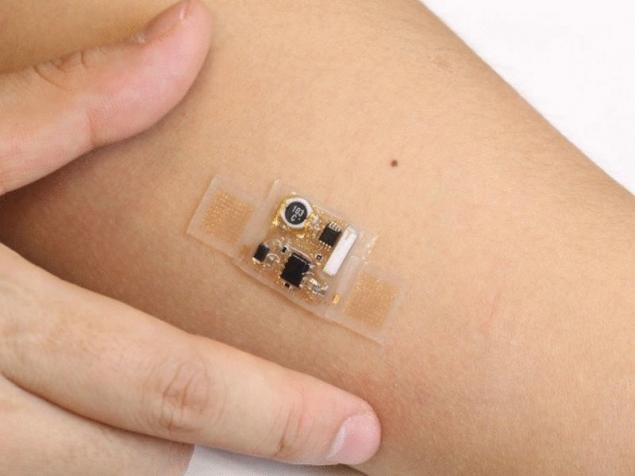
Edible waste
Since 2009 the European space Agency (ESA) is working to improve the system, which will be much easier to provide resources for people living in space, or even on other planets. NASA has developed a similar system aboard the International space station which could turn human waste into drinking water. Of ESA, named System Microecological life support Alternative (MELiSSA), a much more advanced and is designed to shred every piece of human waste into oxygen, food and water. In 1995 was built the first pilot plant of the MELiSSA, and the researchers expect that the second generation plant will be ready for operation in 2014.

Music and food
A recent study conducted by Oxford University, found that sound does affect the way of perception. For example, high pitched sounds added more sweetness to the food, while low, causing the sounds give it a bitter taste. During the experiment, Russell Jones, said that this discovery will be a comprehensive value. He pointed out that this could potentially make the products more healthy by reducing the sugar content, but without sacrificing sweetness. Even before the release of the study, some restaurants have already added augmented sound images of the range to its menu. Cook histon Blumenthal, from British restaurant the Fat Duck included soothing ocean sounds when visitors eat seafood; they later said that their food was taste salty.

Inhaled food
The idea of inhaling food born long ago, but began to develop only since 2012. It started when a teacher at Harvard, David Edwards invented the device, called Le Whif, which sprayed breathable dark chocolate. The product has become a bestseller for the Europeans, dieters. They argued that Le VIF reduced their appetites. The trend since then has been strengthened on the North American territory, where canadian chef Norman Aitken improved the invention and invented Le Whaf. His device — essentially, a vase with an ultrasonic emitter. The food, usually soup, is placed in the vase and is shaken by ultrasound until it becomes a cloud. After that, the client uses a straw to inhale the soup. One client very accurately described this process as “a taste sensation without something in your mouth”. For example, there is an unusual cocktail Ballshooter created of similar technologies and molecular cuisine developed worldwide.

Seeds in space
Since the 1980s China has been sending seeds into space, and scientists have achieved amazing results. Seeds in space multiply faster and produce more resistant plants than their earthly counterparts. Professor Liu Lu Xiang, head of programme, said that their work helped to create a stronger kind of seed, which are currently used on a national scale. Pretty hard to confirm the authenticity of such statements, given the secretive nature of research programs of China, but NASA has attempted the same feat with less favorable results. Western scholars also noted the lack of accurate data because they are kept secret by the armed forces. Himself Professor Liu commented on the obsession of the media on oversized crops and said, “Size is not the key point of the program... I care more about increasing the yields.” Although the effect of cosmic radiation is still not clear, Professor Liu currently has two published works, where he outlines in detail all the details.

Sandwiches Medusa
“If You can't fight them — eat them.” This is the exact words from the report in 2013, prepared by the UN Organization for food and agriculture. The study, called “jellyfish in the Mediterranean sea and the Black sea,” officials said dwindling population of fish and the growing number of jellyfish, and offer an interesting method of solving the problem. In addition to using methods of biological regulation of number of species and population declines, they also proposed the use of jellyfish in food and drugs. The report indicated that some species of jellyfish have been part of the Chinese diet for a long time, and the study of the medicinal properties of jellyfish proved a huge biological and industrial potential. Medusa is already one of the popular Asian delicacies, and is used in food by gourmet.

Edible plastic
In 2012, Brazilian food restaurant called Bob's has attracted a lot of attention when he released his Burger wrapped in edible paper. People didn't need to unwrap the Burger — it could eat with the wrapper! A year later, Professor David Edwards introduced the American public his new invention — Wikicells. Edwards drew inspiration from the way in which the cell stores water and decided to create a food wrapper with a similar principle. The wraps are made of natural materials, insoluble, is protected from bacteria and other particles. They can be used to wrap foods and beverages of any kind. What is most important — they can be consumed together with food. Edwards hopes that his invention will save people from using plastic and conventional wrappers, which will lead to much less waste.
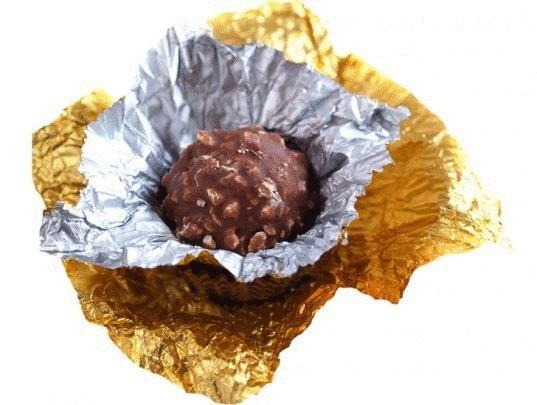
Eating bugs
The UN report, released in may 2013, said the food insects as a viable method of struggle against world hunger. According to UN officials, at least two billion people in Asia and Africa regularly eat 1,900 different species of insects. From edible insects, beetles are on the first menu, together with caterpillars and bees. They also found a great edible potential of the larvae of various flies. The UN noted that the problem now will be to change Western ideas about eating these creepy bugs. The consumption of bugs has comprehensive advantages. Insects are rich in proteins and minerals, are reproduced quickly and do not damage the environment as traditional livestock. In addition, the agricultural industry and farm insects can provide a lot of jobs, especially for those who live in poor countries. It is no secret that bugs is quite a popular street food in many parts of the world.
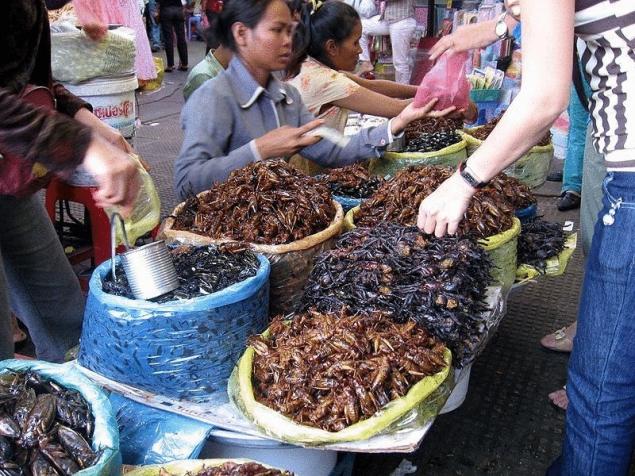
Lunch in the form of chewing gum
Scientist Dave HART of the Institute of Food Research UK is working to transform childhood fantasies into reality. Since 2010, HART and his team used nanotechnology to reproduce the legendary chewing gum from the film of Willy Wonka. He has designed a method that can encapsulate specific flavors and to prevent them from mixing. He explained that the chewer would experience each flavor consistently. Thus, the capsule includes an appetizer, main course and dessert, and is a lot of work to create a carefully thought-out chewing gum. Lollipops are also planned, where different flavors lined with layers and separated by a tasteless gelatin with the most flavor right in the center of the candy.
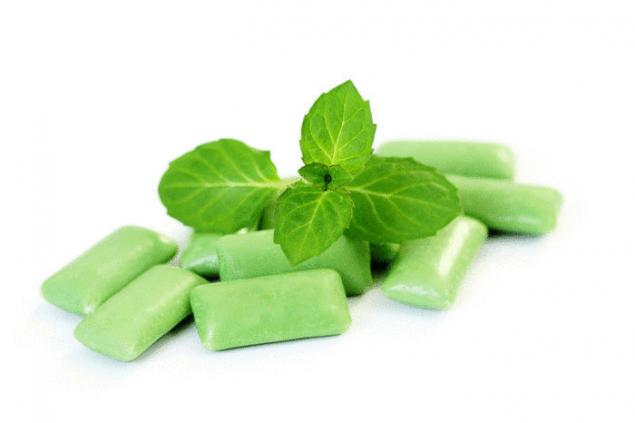
Hybrid algae
Marine algae has many supporters, perceiving them as the best solution to the problem of world hunger. But one person offered even more crazy for these organisms. In the 60-second clip bi-Bi-si Chuck Fisher put forward his bizarre idea of integrating algae into human skin. Exactly the same as real plants, these hybrid humans would absorb sunlight as food. Biologist Fisher came up with his idea by watching a symbiotic relationship between corals and algae. Fisher acknowledged that his suggestion was implausible at the moment, but hopes that his dream to destroy world hunger with the help of photosynthesis will soon become a reality.
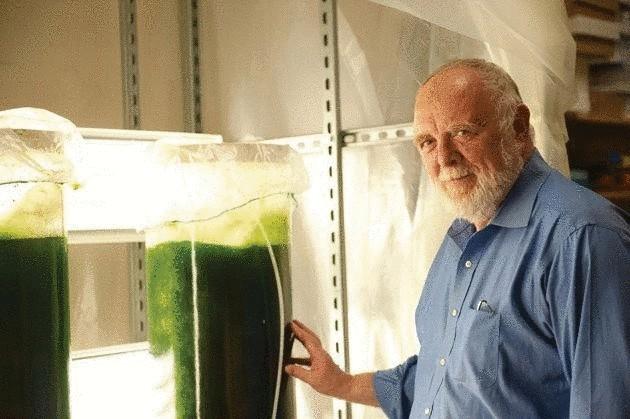
Source: lifeglobe.net/
The food in the sticker
Many have become accustomed to taking various medications with transdermal patches and stickers, but scientists from the Ministry of defence with its Military Nutrition Program elevate this process to the next level. With its Transdermal Nutrient delivery System (TDNDS), they will allow soldiers in war zone to obtain significant amounts of nutrients. The patch has a processor that calculates nutritional needs of the soldier and releases the corresponding nutrients. At the time, as it is still not a replacement for food, officials hope that the patch will help soldiers to maintain power during battle. It is believed that the technology will be available by 2025. Dr. C. Patrick Dunne believes that innovation will also be useful for civilians who work in areas with high pressure, such as miners and astronauts.

Edible waste
Since 2009 the European space Agency (ESA) is working to improve the system, which will be much easier to provide resources for people living in space, or even on other planets. NASA has developed a similar system aboard the International space station which could turn human waste into drinking water. Of ESA, named System Microecological life support Alternative (MELiSSA), a much more advanced and is designed to shred every piece of human waste into oxygen, food and water. In 1995 was built the first pilot plant of the MELiSSA, and the researchers expect that the second generation plant will be ready for operation in 2014.

Music and food
A recent study conducted by Oxford University, found that sound does affect the way of perception. For example, high pitched sounds added more sweetness to the food, while low, causing the sounds give it a bitter taste. During the experiment, Russell Jones, said that this discovery will be a comprehensive value. He pointed out that this could potentially make the products more healthy by reducing the sugar content, but without sacrificing sweetness. Even before the release of the study, some restaurants have already added augmented sound images of the range to its menu. Cook histon Blumenthal, from British restaurant the Fat Duck included soothing ocean sounds when visitors eat seafood; they later said that their food was taste salty.

Inhaled food
The idea of inhaling food born long ago, but began to develop only since 2012. It started when a teacher at Harvard, David Edwards invented the device, called Le Whif, which sprayed breathable dark chocolate. The product has become a bestseller for the Europeans, dieters. They argued that Le VIF reduced their appetites. The trend since then has been strengthened on the North American territory, where canadian chef Norman Aitken improved the invention and invented Le Whaf. His device — essentially, a vase with an ultrasonic emitter. The food, usually soup, is placed in the vase and is shaken by ultrasound until it becomes a cloud. After that, the client uses a straw to inhale the soup. One client very accurately described this process as “a taste sensation without something in your mouth”. For example, there is an unusual cocktail Ballshooter created of similar technologies and molecular cuisine developed worldwide.

Seeds in space
Since the 1980s China has been sending seeds into space, and scientists have achieved amazing results. Seeds in space multiply faster and produce more resistant plants than their earthly counterparts. Professor Liu Lu Xiang, head of programme, said that their work helped to create a stronger kind of seed, which are currently used on a national scale. Pretty hard to confirm the authenticity of such statements, given the secretive nature of research programs of China, but NASA has attempted the same feat with less favorable results. Western scholars also noted the lack of accurate data because they are kept secret by the armed forces. Himself Professor Liu commented on the obsession of the media on oversized crops and said, “Size is not the key point of the program... I care more about increasing the yields.” Although the effect of cosmic radiation is still not clear, Professor Liu currently has two published works, where he outlines in detail all the details.

Sandwiches Medusa
“If You can't fight them — eat them.” This is the exact words from the report in 2013, prepared by the UN Organization for food and agriculture. The study, called “jellyfish in the Mediterranean sea and the Black sea,” officials said dwindling population of fish and the growing number of jellyfish, and offer an interesting method of solving the problem. In addition to using methods of biological regulation of number of species and population declines, they also proposed the use of jellyfish in food and drugs. The report indicated that some species of jellyfish have been part of the Chinese diet for a long time, and the study of the medicinal properties of jellyfish proved a huge biological and industrial potential. Medusa is already one of the popular Asian delicacies, and is used in food by gourmet.

Edible plastic
In 2012, Brazilian food restaurant called Bob's has attracted a lot of attention when he released his Burger wrapped in edible paper. People didn't need to unwrap the Burger — it could eat with the wrapper! A year later, Professor David Edwards introduced the American public his new invention — Wikicells. Edwards drew inspiration from the way in which the cell stores water and decided to create a food wrapper with a similar principle. The wraps are made of natural materials, insoluble, is protected from bacteria and other particles. They can be used to wrap foods and beverages of any kind. What is most important — they can be consumed together with food. Edwards hopes that his invention will save people from using plastic and conventional wrappers, which will lead to much less waste.

Eating bugs
The UN report, released in may 2013, said the food insects as a viable method of struggle against world hunger. According to UN officials, at least two billion people in Asia and Africa regularly eat 1,900 different species of insects. From edible insects, beetles are on the first menu, together with caterpillars and bees. They also found a great edible potential of the larvae of various flies. The UN noted that the problem now will be to change Western ideas about eating these creepy bugs. The consumption of bugs has comprehensive advantages. Insects are rich in proteins and minerals, are reproduced quickly and do not damage the environment as traditional livestock. In addition, the agricultural industry and farm insects can provide a lot of jobs, especially for those who live in poor countries. It is no secret that bugs is quite a popular street food in many parts of the world.

Lunch in the form of chewing gum
Scientist Dave HART of the Institute of Food Research UK is working to transform childhood fantasies into reality. Since 2010, HART and his team used nanotechnology to reproduce the legendary chewing gum from the film of Willy Wonka. He has designed a method that can encapsulate specific flavors and to prevent them from mixing. He explained that the chewer would experience each flavor consistently. Thus, the capsule includes an appetizer, main course and dessert, and is a lot of work to create a carefully thought-out chewing gum. Lollipops are also planned, where different flavors lined with layers and separated by a tasteless gelatin with the most flavor right in the center of the candy.

Hybrid algae
Marine algae has many supporters, perceiving them as the best solution to the problem of world hunger. But one person offered even more crazy for these organisms. In the 60-second clip bi-Bi-si Chuck Fisher put forward his bizarre idea of integrating algae into human skin. Exactly the same as real plants, these hybrid humans would absorb sunlight as food. Biologist Fisher came up with his idea by watching a symbiotic relationship between corals and algae. Fisher acknowledged that his suggestion was implausible at the moment, but hopes that his dream to destroy world hunger with the help of photosynthesis will soon become a reality.

Source: lifeglobe.net/
Tags
See also
"Yikes!" The story of how Nassim Taleb has made the inevitable disaster in the investment strategy
"Yikes!" The story of how Nassim Taleb has made the inevitable disaster in the investment strategy
"Yikes!" The story of how Nassim Taleb has made the inevitable disaster in the investment strategy
96 facts about Argentina through the eyes of Russians
Maasaica - 3D-printed bioorganic car
Disposable vs harm. Reusable use
Hayao Miyazaki
Emelyan Pugachev: Little Known Facts
As I spent the winter in Goa

















